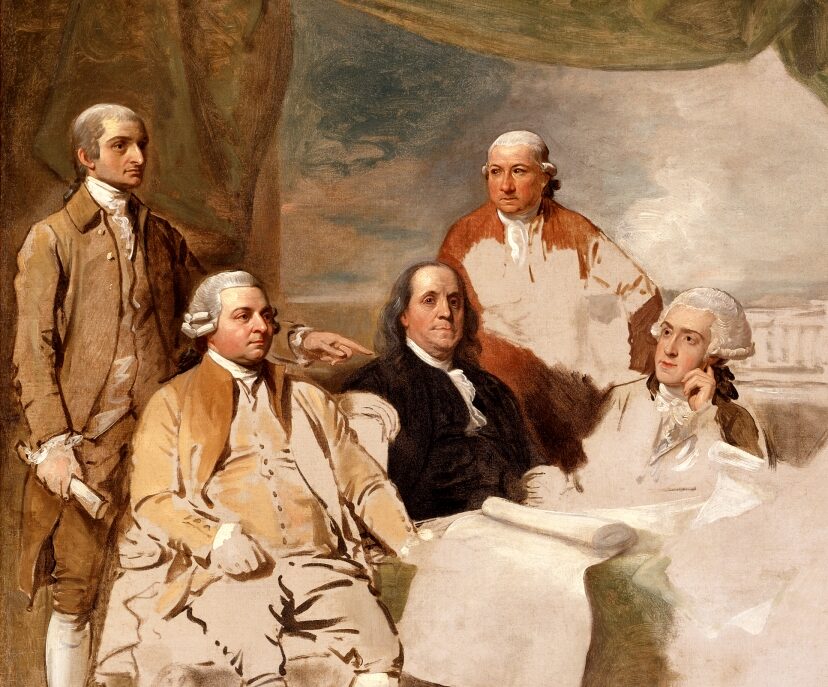“The United States played a central role in resolving the tangle [over WWI debts and reparations]. The administration named Chicago banker Charles G. Dawes and Owen D. Young, a General Electric executive with close ties to the J.P. Morgan banking firm, to head its group of experts, closely monitored their work, and stepped in on occasion to mediate disputes. It was no easy task. A settlement had to be hard enough on Germany to satisfy Allied and particularly French concerns while soft enough to be acceptable to Berlin. The fast-talking and indefatigable Dawes –an ‘astounding human dynamo,’ one colleague called him– also had close connections to France from his wartime service in Paris and helped bring the French along. Young devised a flexible and ingenious plan, ironically one that would bear Dawes’s name, that became the means not only to solve the intractable reparations problem but also to promote German recovery. The plan scaled back the reparations figure and started with small payments that increased as the German economy improved. By requiring recipients to buy German products, it also helped kick-start German recovery. Germany was provided a loan of $200 million and required to undertake reforms U.S. businessmen considered essential. Responsibility for payment was assigned to an American, S. Parker Gilbert, who in the process gained substantial influence over German finances. Hoover exulted in the ‘disinterested statesmanship’ carried out by private American citizens and labeled the Dawes Plan a ‘peace mission without parallel in international history.'” –George Herring, From Colony to Superpower, p. 459
Discussion Questions
- The US had rejected the Treaty of Versailles and remained out of the League of Nations. Yet the Dawes Plan of 1924 was one of only several ways that Americans remained invested in the post-war settlement in Europe and elsewhere. What were some of the key ways that US policymakers engaged with Europeans during the 1920s?
- The Dawes Plan helped illustrate rising US power in global trade and international economics. How did this newfound economic clout affect American priorities in foreign policy?

Leave a Reply